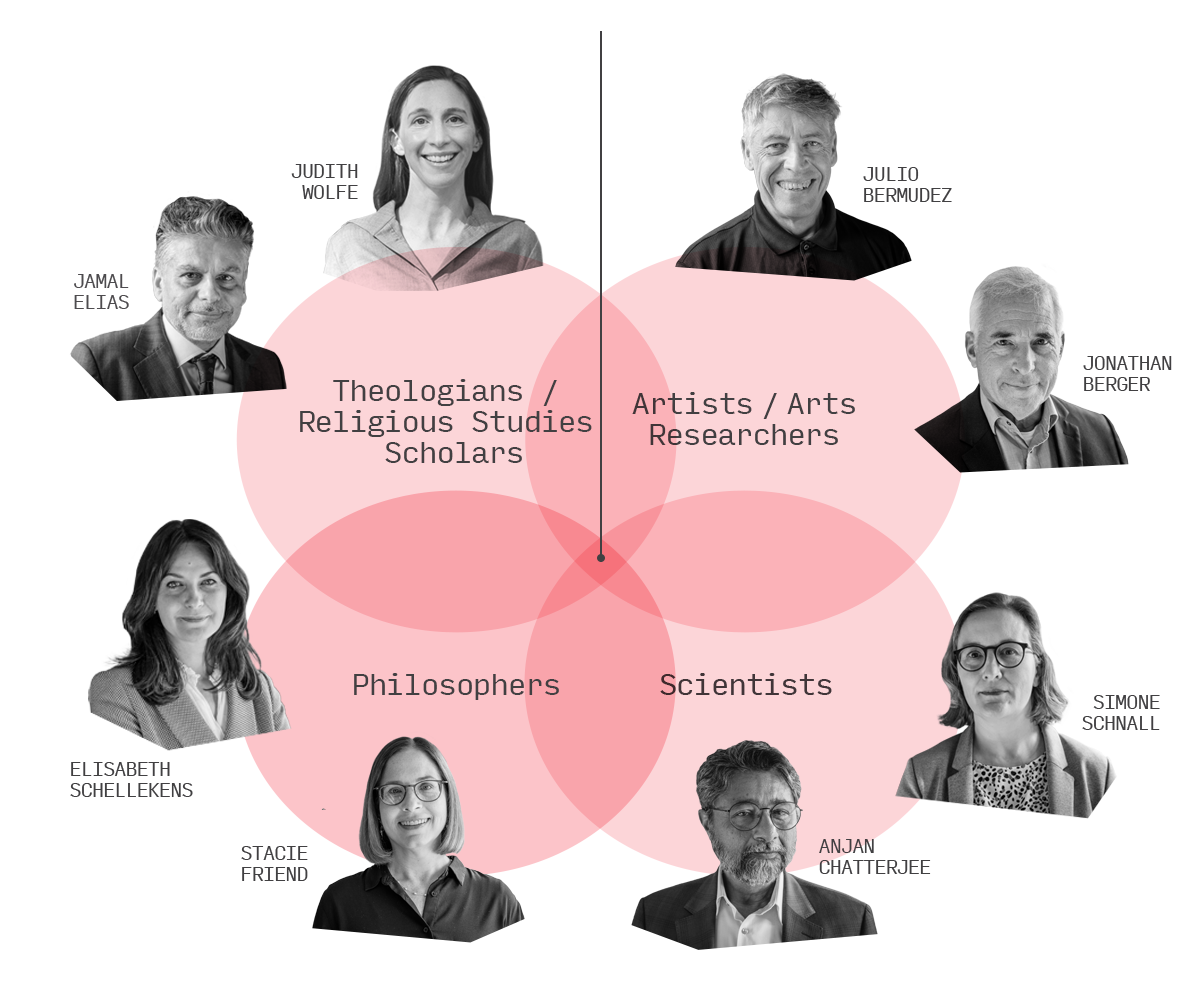Pleasure, beauty, expression, emotional stimulation—various theories on the value of art have been proposed over the years, but, as philosopher Gordon Graham writes, “none of them on its own explain the special value of great art” (Philosophy of the Arts, 52). Instead, Graham proposes that the value of art lies in its ability to serve as a source of knowledge and understanding—a concept better known as aesthetic cognitivism.
Aesthetic cognitivism posits that art is a method of communication, understanding, and truth.
Just as one might learn from reading a book, listening to a teacher, or conducting a test, aesthetic cognitivism argues that one can learn from the experience of art itself. Whether you’re looking at a painting, listening to music, or watching a play, art imparts knowledge and understanding in ways researchers are still discovering. As Nelson Goodman put it in Ways of Worldmaking (1978), “the arts must be taken no less seriously than the sciences as modes of discovery, creation, and enlargement of knowledge in the broad sense of advancement of the understanding.”
This is the “cognitive” part of aesthetic cognitivism—the scientific study of neurological and psychological processes in the brain. While many people would agree to the emotional or creative value of art, aesthetic cognitivism takes this a step further to argue that those experiences impart knowledge and further our understanding in measurable ways.
How do we categorize the information we receive from works of art? Researcher Christoph Baumberger defined the cognitive contributions of art in two ways: contributions other than knowledge, and contributions that reach beyond knowledge.
According to Baumberger, art contributes cognitive value that is set apart from conventional knowledge (“Art & Understanding: In Defence of Aesthetic Cognitivism,” 10–15). This includes:
Baumberger’s second category of information gleaned from art is information that moves beyond what can be traditionally categorized as knowledge (“Art & Understanding: In Defence of Aesthetic Cognitivism,” 16–17), such as:
When we stretch beyond traditional knowledge, our search for understanding often takes us into “spiritual realities,” as Sir John Templeton would say. The question, then, is if there is empirical evidence that art can provide not just cognitive understanding, but greater spiritual understanding as well.
Launched in 2019, Art Seeking Understanding is Templeton Religion Trust’s grant-making strategy that begins with aesthetic cognitivism. Instead of relying on art solely as a means for pleasure or emotional catharsis, the Art Seeking Understanding initiative aims to explore its value as a source of understanding. We’re conceiving, designing, and conducting empirical and statistical studies of the cognitive significance of the arts as it relates to spiritual realities and discoveries of new spiritual information.
According to Wenger-Trayner, “A community of practice is a group of people who share a concern or a passion for something they do, and learn how to do it better as they interact regularly.” Templeton Religion Trust is building a new community of practice that includes artists and arts researchers, scientists, philosophers, and theologians who share our interest in putting aesthetic cognitivism to the test, and who are making progress through regular interaction and the development of shared resources.

From 2020 to 2030, in addition to some initial, proactive grant making, we anticipate three rounds of funding, each beginning with a Project Grant (up to $234K) RFP followed by an invite-only Program Grant ($234K to $1M) RFP. The budget for each Project Grant RFP is $3M, and the budget for each Program Grant RFP is $6M, with a total investment of approximately $30M over 10 years.


Closer to Truth is the world’s leading TV series, web archive, and new media resource on big questions of Cosmos, Consciousness, and Meaning. Closer to Truth has been following the Art Seeking Understanding program since 2019, starting with planning meetings (Season 20 Trailer), through the first round of grants and beyond, establishing a baseline for measuring progress.

Milliner, Matthew J. “Art and the Apophatic Horizon,” Psychology Today.
Ryan Doran, Annotated Bibliography of Empirical Aesthetics and the Psychology of Art